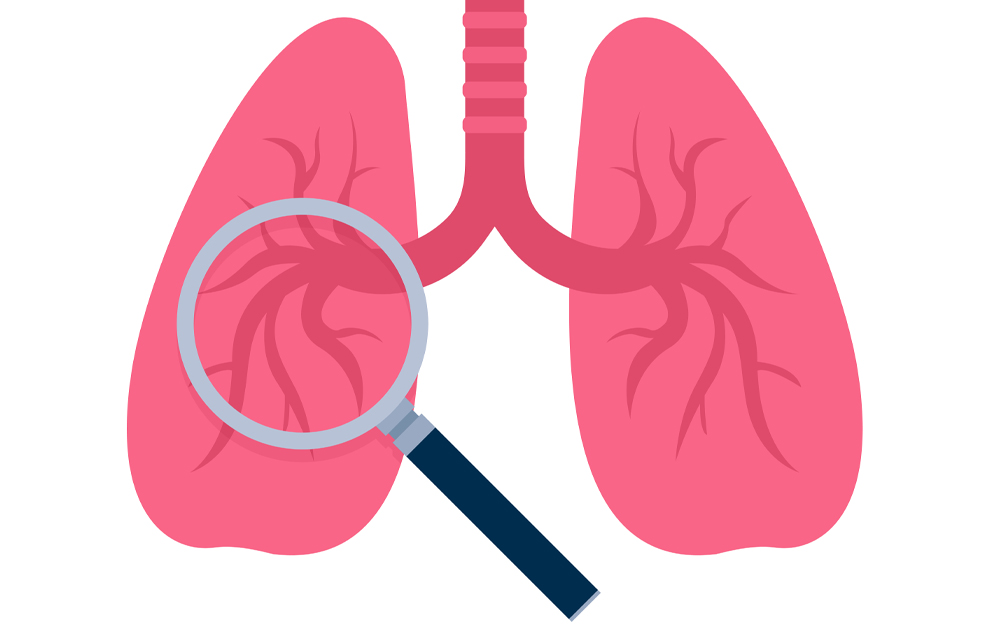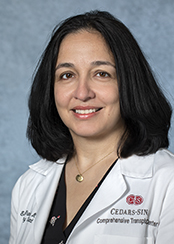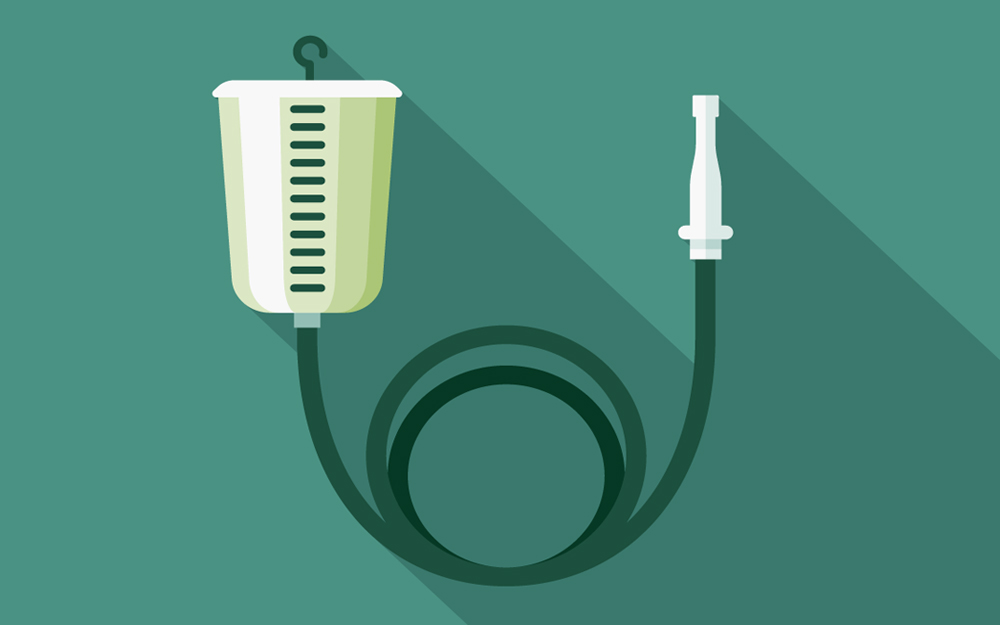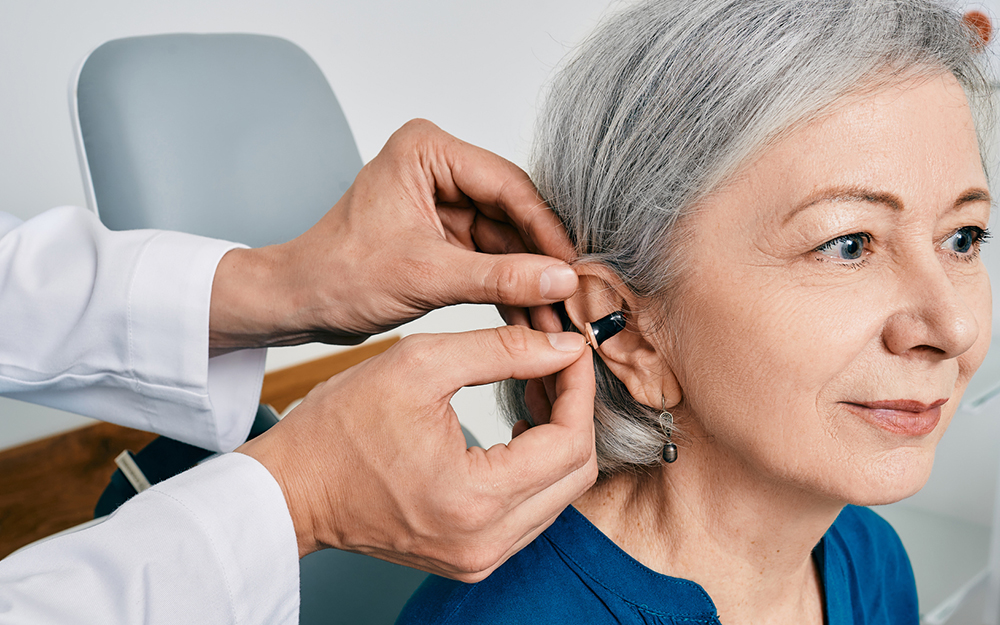Clearing the Air: Your Lung Cancer Screening Questions Answered
Date
November 21, 2023
Credits

Date
November 21, 2023
Credits
Medical providers featured in this article

In Brief
{{cta-block}}
More than a decade ago, definitive studies showed lung cancer screening using a low-dose CT scan can save lives.
Soon after, the U.S. Preventive Services Task Force adopted lung cancer screening guidelines, and insurance companies began covering the screening for high-risk patients with a history of tobacco use. Doctors are still grappling with low screening uptake—with only a tiny fraction of eligible patients getting scanned yearly.
“Lung cancer is a silent disease,” said Sara Ghandehari, MD, director of the Centralized Lung Cancer Screening Program at Cedars-Sinai. “By the time you have symptoms, it may already have spread. Screening allows us to find lung cancer at an early stage, when it is the most treatable.”
“Lung cancer is a silent disease. By the time you have symptoms, it may have already spread. Screening gives us a chance to find lung cancer at an early stage when it is the most curable.”
The screening guidelines are nuanced, considering age and smoking history—as well as the required shared decision-making, in which a provider and patient discuss all the risks and benefits before deciding to schedule a CT scan. Because the guidelines require reporting the accurate amount of current and prior cigarette use and a quit date, if applicable, identifying those eligible to be screened can be tricky and time-consuming.
Cedars-Sinai offers multiple options for existing and new patients to receive lung cancer screening.
Physicians may determine their patients’ eligibility, provide appropriate counseling and directly refer patients to Cedars-Sinai imaging for their low-dose CT scan only. Or, patients can be referred to the Centralized Lung Screening Program. A dedicated lung cancer screening navigator will guide patients through the process, confirming their eligibility for screening, providing education and tobacco cessation counseling, and helping to manage test results.
Ghandehari answered common questions about the process.
How does lung cancer screening affect lung cancer outcomes?
Sara Ghandehari: Based on the National Lung Cancer Screening Trial, annual screening with a low-dose CT scan can reduce lung cancer deaths by up to 20%. Given that lung cancer remains the No. 1 cause of cancer death, that would be a significant reduction.
In the Newsroom: Cedars-Sinai Streamlines Lung Cancer Screening
Despite this benefit, only 1% of Californians who are eligible choose to be screened. What are some of the obstacles?
SG: There are many factors that contribute to low screening rates, and we’re working on many fronts to address them.
First, the criteria are complicated and nuanced for lung cancer, and that can make it difficult for patients—and providers—to be clear on who should be screened.
Secondly, because current and former smokers are those at highest risk and eligible to be screened, we run into stigma connected to smoking. We often encounter a perceived personal responsibility in patients with lung cancer in that they chose to smoke, so they ‘did it to themselves.’ Even after they quit, many people don’t want to talk about their smoking history.
We also find there is a false notion that if you get lung cancer, there is no surviving it. In recent years, there have been significant advances in novel and targeted therapies for later-stage lung cancer.
We also are behind in advocacy. If you do a Google search for images of people with breast cancer, you see women together, holding hands, smiling, comforting and supporting each other. They’re going for walks, and the images are about health and togetherness. When you do the same for lung cancer, you find a person sitting alone, in despair, coughing in a cloud of smoke.
As a society, it’s time to eliminate stigma and support lung cancer and lung cancer screening in the same way we support other cancer screenings.
In CS Magazine: An Underused Tool for Preventing Lung Cancer Death
What steps is Cedars-Sinai taking to help increase screening rates?
SG: Education is a starting point to reduce stigma around lung cancer and current or former history of tobacco use. Then, it’s a matter of providing resources to help with the screening process.
One aim of our program is to make screening easier for providers and patients. We have a team dedicated to lung cancer screening. We know every detail of eligibility for screening and what it means to go through it, and we offer a clear and well-defined plan for addressing any findings. We hold your hand through this process and guide you down the path.
We have a hybrid model screening program. Your screening can be managed by your doctor, even if they’re not at Cedars-Sinai, and we can just perform the scan itself. Or you can come to our centralized program, where we work with patients on the entire process—from shared decision-making to forming a plan to addressing any findings.
We’re also working on a mobile lung cancer screening unit, which would really expand our reach and make screening more accessible to those who aren’t near our medical center.
In Discoveries: The New Lung Cancer Landscape
How are results of screenings managed by the Centralized Lung Cancer Screening Program?
SG: It’s not unusual to find spots, or small nodules, in the lung. Most often, they’re benign, and we will watch them to see if they’re changing. That’s why, like all cancer screenings, it’s important to get them every year. We look at the shape and characteristics of the nodules. The images from the screening are evaluated by a multidisciplinary committee of experts to develop a personalized diagnostic and treatment plan.
By having a group of experts evaluate findings, we avoid long delays in seeing a specialist and reduce the chances of a patient having an unnecessary biopsy. The recommendations may include repeating the CT scan or other advanced imaging, and to proceed with a biopsy only when necessary.
Whatever the screening turns up in the lungs or even outside of the chest, our program coordinates the care with the patient’s primary care providers and arranges evaluation by specialists to determine an expedited plan of action and protect the health of our patients.
You can reach the Centralized Lung Cancer Screening Program at 310-423-4469.





